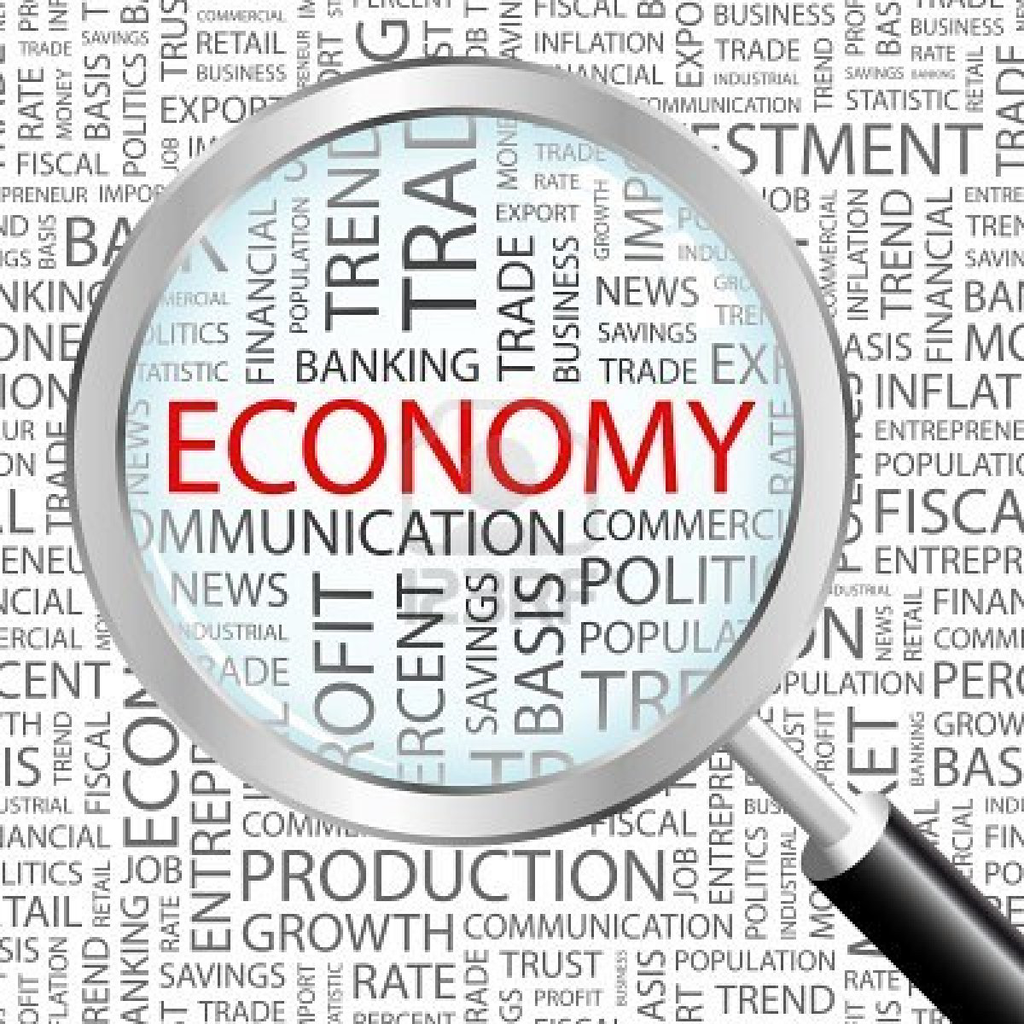Payroll
U.S. Economy Expands at 2.9% Rate in Q4
The U.S. economy expanded at a healthy pace in the fourth quarter, though signs of slowing underlying demand mounted as the steepest interest-rate hikes in decades threaten growth this year.
Feb. 03, 2023

By Augusta Saraiva, Bloomberg News (TNS).
The U.S. economy expanded at a healthy pace in the fourth quarter, though signs of slowing underlying demand mounted as the steepest interest-rate hikes in decades threaten growth this year.
Gross domestic product increased at a 2.9% annualized rate in final three months of 2022 after a 3.2% gain in the third quarter, the Commerce Department’s initial estimate showed Thursday. Personal consumption, the biggest part of the economy, climbed at a below-forecast 2.1% pace.
Median projections in a Bloomberg survey of economists called for a 2.6% rise in GDP and a 2.9% advance in spending. About half of the GDP increase reflected inventory growth, while government spending matched the biggest gain since early 2021.
The report also showed some signs of stress for American consumers whose wages have failed to keep up with inflation and continued to encourage them to draw down savings accumulated from government pandemic-relief programs. The burden of elevated prices and higher borrowing costs is mounting, pointing to a tenuous outlook for the economy.
A key gauge of underlying demand that strips out the trade and inventories components — inflation-adjusted final sales to domestic purchasers — rose an annualized 0.8% in the fourth quarter after a 1.5% gain.
The latest Bloomberg monthly survey shows economists see the economy shrinking in the second and third quarters, putting 65% odds on a recession in the coming year.
Stock-index futures and Treasury yields remained higher and the dollar was little changed after the GDP report and better-than-expected weekly jobless claims. Applications for unemployment insurance dropped to 186,000 last week, the lowest since April.
Recent data show cracks are developing more broadly. Retail and motor vehicle sales data showed households are starting to retrench, the housing market continues to weaken and some businesses are reconsidering capital spending plans.
As the Federal Reserve continues to hike interest rates to ensure inflation is extinguished, housing and manufacturing have deteriorated quickly while industries including banking and technology are carrying out mass layoffs.
The GDP report showed the personal consumption expenditures price index, a key inflation metric for the Fed, rose at an annualized 3.2% rate in the fourth quarter, down from a 4.3% pace in the prior three months. The core index that excludes food and energy climbed at a 3.9% rate compared with 4.7% paces in the prior two quarters. Monthly data for December will be released Friday.
The moderation in price pressures is consistent with forecasts that the Fed will further scale back its tightening campaign next week, when it’s expected to raise rates by 25 basis points. Policymakers boosted the benchmark rate by 50 points in December after 75 basis-point hikes at their previous four meetings.
The world’s largest economy expanded 2.1% last year. In 2021, when demand snapped back from pandemic-related shutdowns, the economy grew 5.9% — the best performance since 1984.
The GDP data showed services spending increased at 2.6% annualized rate in the October-December period, the slowest since last year’s first quarter. Outlays on goods rose at a 1.1% pace, the first advance since 2021.
Business investment slowed sharply after a third-quarter surge. Spending on equipment declined an annualized 3.7%, the most since the second quarter of 2020. Outlays for structures rose at a 0.4% pace.
Residential investment slumped at a 26.7% annual pace, marking the seventh-straight quarterly decline. Home sales fell last year by the most since 2008 as mortgage rates skyrocketed.
The report showed trade added 0.56 percentage point to GDP. Inventories contributed 1.46 points.
Gross domestic income, one of the government’s main measures of economic activity, will be released with the second estimate of GDP in late February. The National Bureau of Economic Research’s Business Cycle Dating Committee, the official arbiter of when business cycles start and end in the U.S., uses the average of GDP and GDI along with a range of other economic variables to make any recession call.
____
(With assistance from Reade Pickert and Kristy Scheuble.)
___
©2023 Bloomberg L.P. Visit bloomberg.com. Distributed by Tribune Content Agency, LLC.
